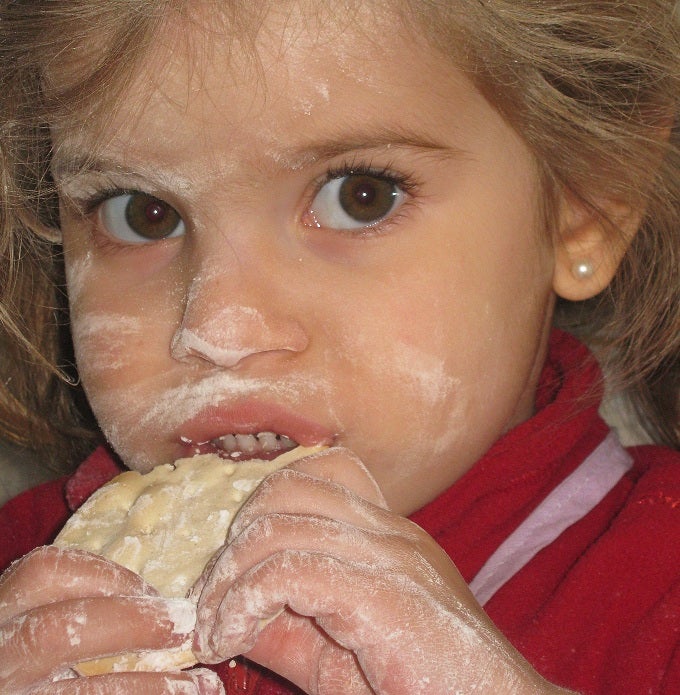By Juan Pablo Severi.
Periodic monitoring conducted by the Universidad Católica de Argentina (Catholic University of Argentina) through the Barometer of Social Debt in Childhood compares the conditions in which Argentine children living in households in the upper and lower income quartiles develop.
The poorest children are:
- Five times less likely to celebrate their birthdays;
- Almost three times less likely to participate in recreational activities as a family;
- Six times less likely to have children’s books at home;
- Almost twice as likely to experience physical abuse in the home.
If we understand that the purpose of any investment is to increase productive capacity, investment in human capital fulfills that objective in a strict sense. A society composed mainly of healthy, strong, intelligent, and resilient individuals with value-driven behaviors has a greater chance of success than one with fewer individuals displaying some or all of these characteristics. Therefore, the current sacrifice of resources that achieves an increase in these building blocks represents an investment.
In recent decades, diverse evidence has increasingly come to light that accounts for the fact that the relationship between achievement and resources increases as investment activities are focused on the development of the individual in the first years of life, including while the child is in the womb. Likewise, if the right actions are carried out simultaneously, the results are enhanced by synergistic effects. Hence, the priority placed on early childhood and on the best description of the right interventions leaves us no other choice but to invest well.
However, particularly in the period of early childhood, the definition of those correct actions is unclear in several key aspects, such as opportunities for stimulation and parenting styles. Both dimensions reveal a mismatch between high and low socioeconomic status groups.
In the region, social policy maintains an outstanding debt in terms of identifying and implementing the right actions in early childhood, perhaps as a result of a neglect of the social sciences and also the relative urgency that it has—or had—in terms of solving survival challenges in the early stages of social development. On the other hand, it’s more or less clear that the traditional compensatory approach of social services only modestly eases the problem, given that the main challenge is largely associated with changing habits, customs and practices of everyday family life. We’re talking about a complex challenge here. Are you aware of any good practices to address it?
Juan Pablo Severi is a Social Protection Lead Specialist at the IDB. He has spent the past several years preparing and monitoring health and social protection projects. He is also involved in training and development issues associated with project management.


Leave a Reply